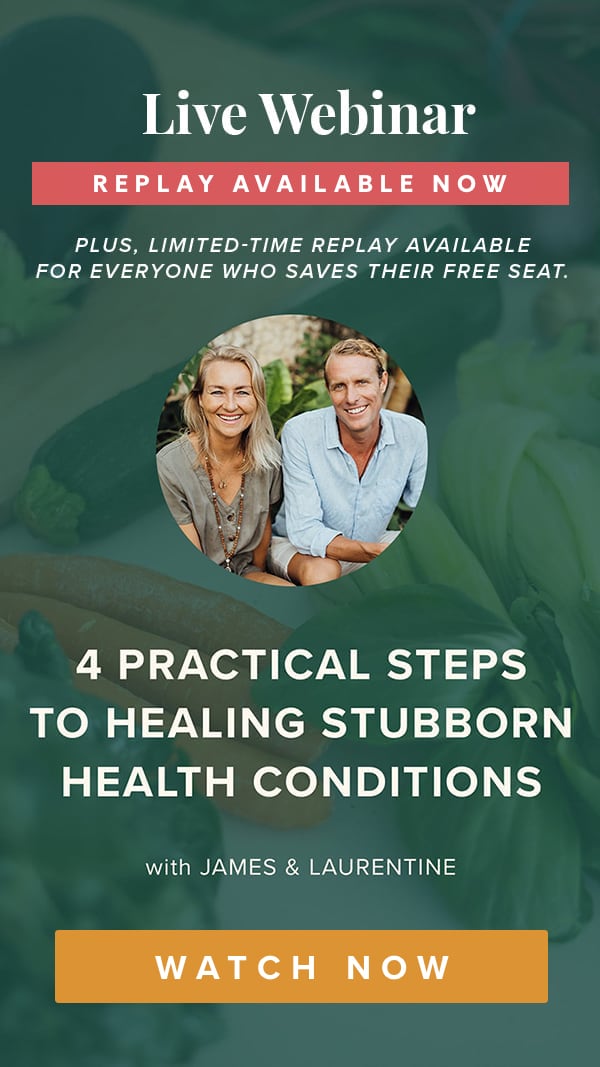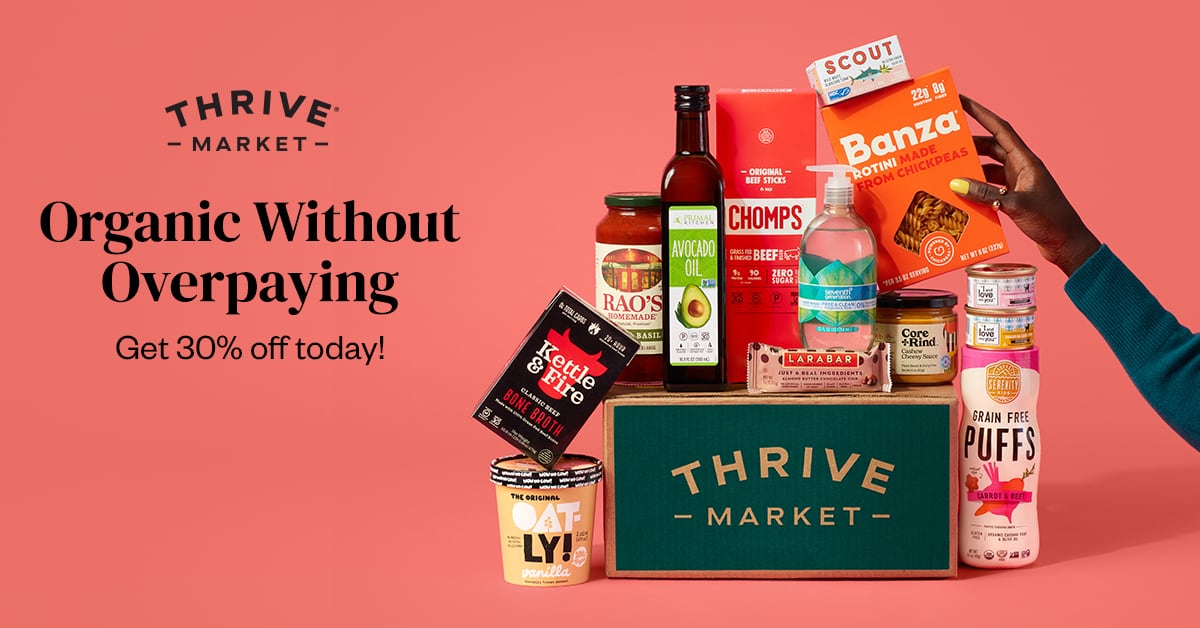6 Mistakes Healthy People Make When Buying “Health” Food
Unless you're a certified nutritionist or trained health coach, it can be a real challenge navigating what to buy to truly nourish your body and mind. This is because, unfortunately, even health food marketers have a job to do and that’s to sell you their products...healthy or not.
In a perfect world, all food would be bursting with life-giving nutrients that would fuel our lives and keep our waistlines slim and trim. But in the 21st century you have to be a sharp health consumer to stay one step ahead of health food marketing trends.
Below are the top 6 mistakes health conscious people make when purchasing health food and how to avoid them
1. Mistaking Gluten Free As Healthy
Most people, even health conscious people, still seem to be a bit confused about what gluten is and if they should be avoiding it. Gluten is simply a protein (amino acid) found in several types of grains, including wheat, spelt, rye and barley. It’s the glue-like substance that gives bread its elastic properties.
Gluten isn’t technically harmful to your health unless you have celiac disease, the most severe gluten allergy, or have a gluten sensitivity. Just because it says “gluten free” on the label doesn’t mean it’s healthy.
Food marketers are smart and play into consumer trends. Since gluten has gotten more and more exposure over the past several years, food marketers are responding with more and more gluten-free food products. Just because a box of cookies says “gluten free” doesn’t make them any healthier than if they had gluten in them.
In fact, sometimes “gluten free” package food can be even more processed and contain even more sugar and other harmful ingredients in an attempt to enhance the flavor and texture of the product.
2. Eating Sugary, Processed “Health” Bars
Most “nutrition bars” or protein bars are really disguised candy bars. Since we’re all so busy, naturally health conscious people are looking for quick and easy healthy snacks for after a workout or as an on-the-go pick-me-up. Walk into any health food store and you’ll find tons of delicious sounding on-the-go “health” bars.
You have to be extra careful when choosing your on-the-go bar. Many of them are only slightly better nutritionally than a classic candy bar. First, look out for the amount of sugar the bar contains. I recommend putting the bar back if it contains more than 12 grams of sugar per serving. Also, make sure it doesn’t contain any artificial sweeteners such as sucralose, aspartame, saccharin or fillers, binders or isolates.
The less ingredients the better, and look for whole food ingredients that you can pronounce.
3. Drinking Fruit Juice
Fruit is healthy so fruit juice must be healthy too, right? Not so fast. Most fruit juice is really flavored sugar water. Many store bought fruit juices are loaded with sugar and some even contain added sugar. Also, many fruit juices don’t even contain 100% juice.
Sugar causes body and cell inflammation, which is the route of almost all disease. I recommend avoiding fruit juices unless it’s freshly squeezed, but even then, go for green juice over the fruit juice because even fresh fruit juice contains a great deal of sugar.
4. Using Agave Nectar As An Alternative To Sugar
Over recent years agave nectar has become quite a popular natural sugar alternative. However, agave nectar is loaded with fructose (fruit sugar). Although it is low on the glycemic index which measures its effects on blood sugar, new research suggests that excessive fructose can harm liver function and add unwanted belly fat.
Better natural alternatives to agave nectar include stevia, monk fruit and coconut palm nectar. All sweeteners, natural or not, should be used in moderation.
5. Consuming Processed Organic Foods
It’s organic so it must be healthy, right?
This is another big mistake health conscious people make. Organic food, food grown without the use of dangerous chemicals, genetic modification, or the preservation process of irradiation is much better than conventionally grown food, but this doesn’t mean all products labeled organic are healthier.
Looking for the USDA green and white label on a product is a great place to start when attempting to buy health food, but it’s important to still check out the food label. Many packaged organic foods are still very processed. The best thing is to always stick with food from a plant - not made in a plant - regardless of whether it's labeled organic.
6. Avoiding Fat
Even with all the new fat hype, many health conscious people still fear fat.Two-thirds of our brain is made of fat, and our brain needs fat to produce brain cells. Foods that are high in good omega-3 fats, are rich in antioxidants, vitamins and minerals and are anti-inflammatory not only protect us from brain disease, they can help increase cognitive ability like understanding, learning, and the ability to focus.
Fat is also important for healthy hair, skin and nails. Fat is not a foe but a friend. The only fats you want to watch out for are transfats, which are found in processed junk food. Good sources of healthy fats include walnuts, brazil nuts, coconut oil, olive oil, avocados, wild salmon, egg yolks, and grass-fed beef.
These are awesome sources of fat and should be consumed on a weekly basis for brain performance and health.
Yes, living a healthy life in our modern world can be a bit confusing, overwhelming and at times very challenging.
Now You Know The Top Mistakes To Avoid When Buying Health Food
Continually educate yourself and share the word about how to make health simple and fulfilling with your friends and family.
Together we’re moving forward to a more empowered, health-conscious world.










